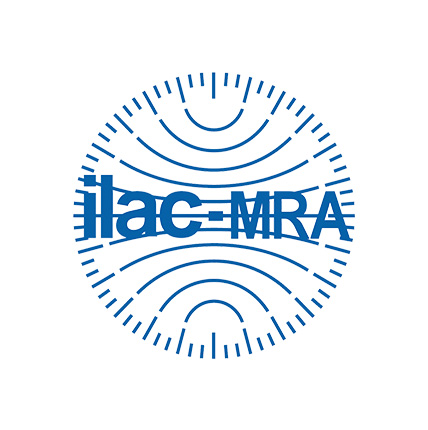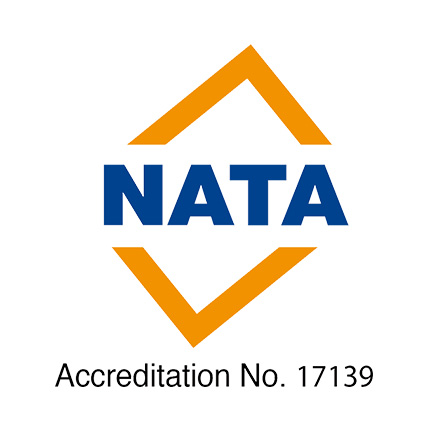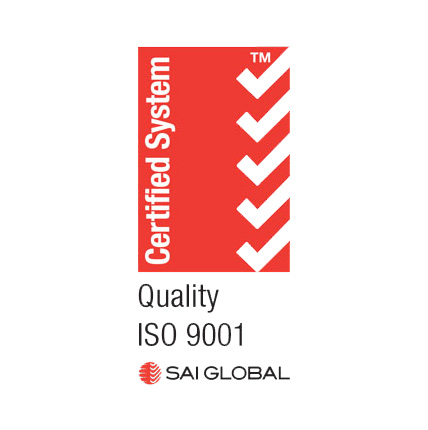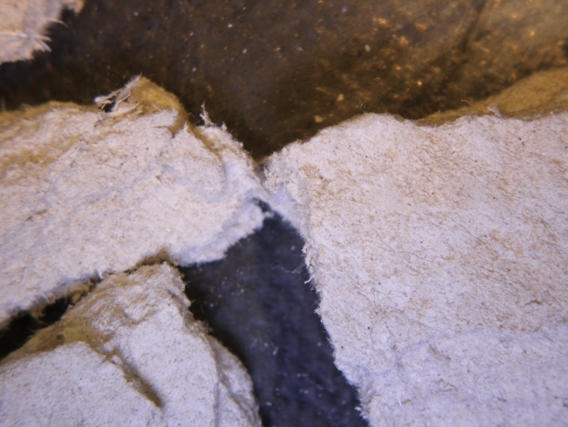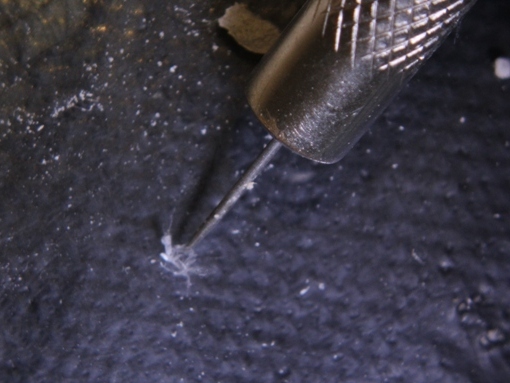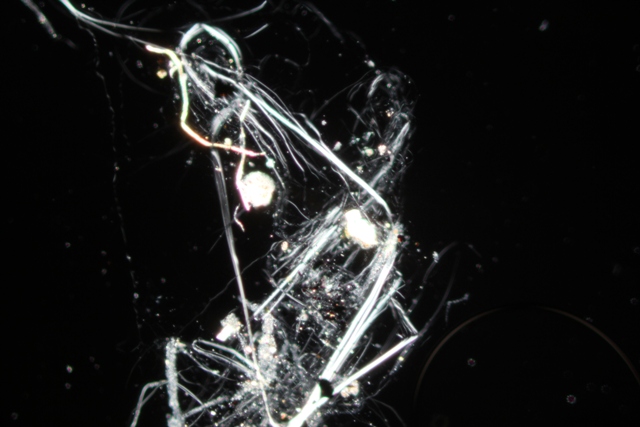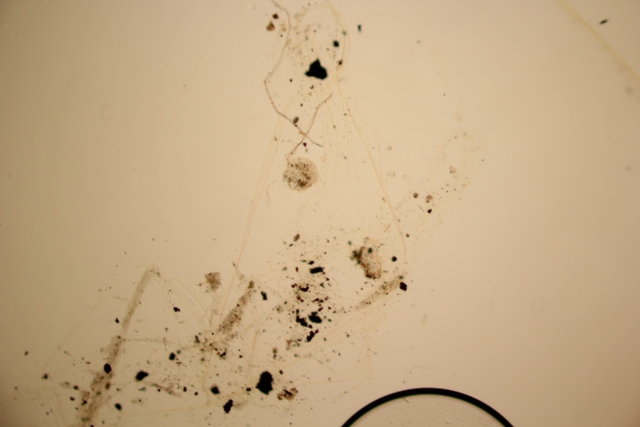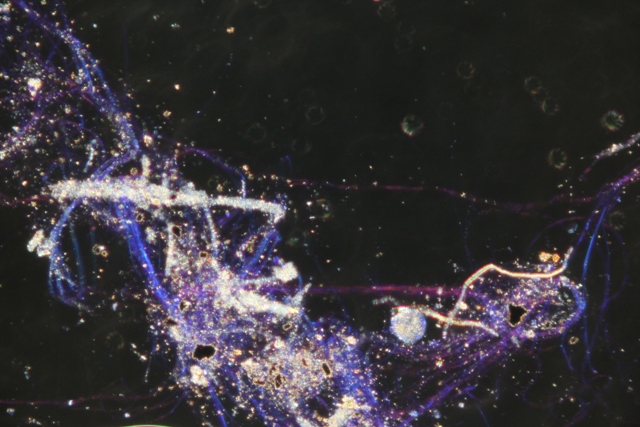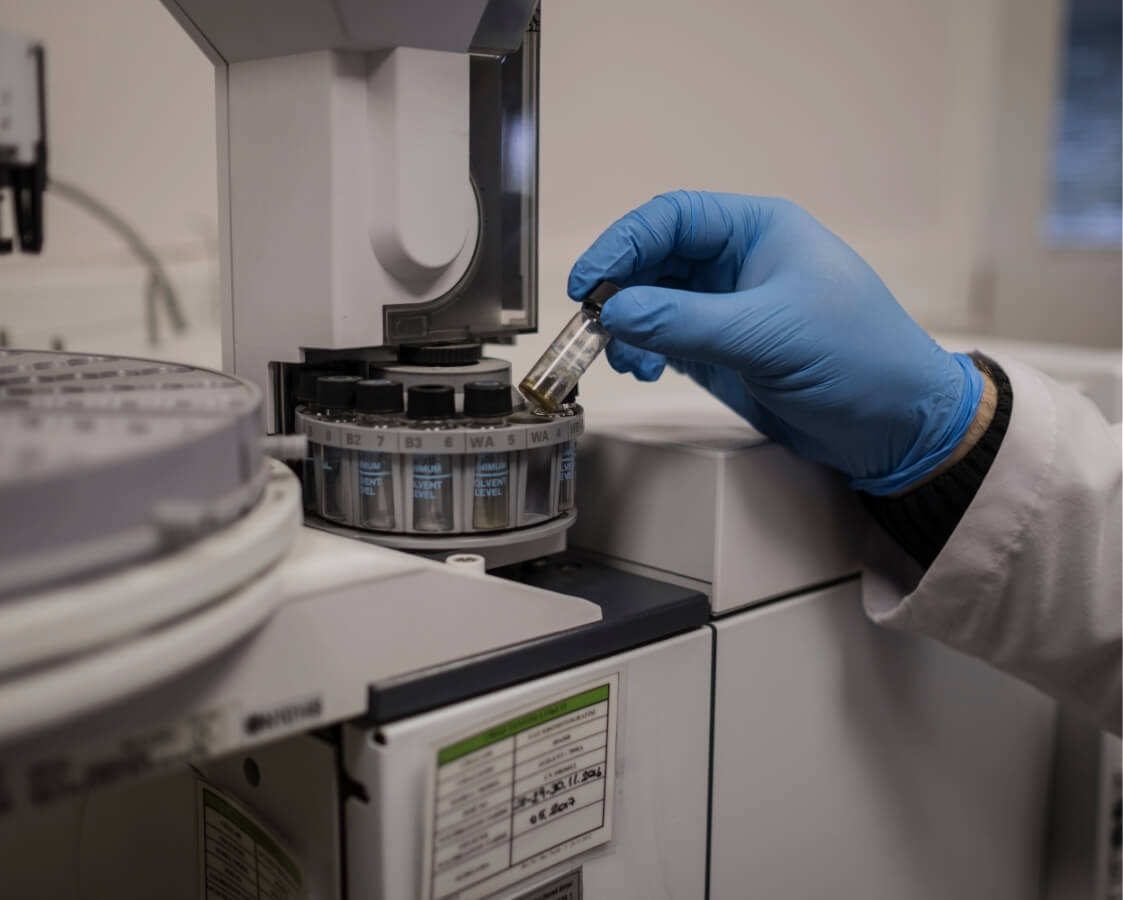Asbestos Testing to Australian Standard AS 4964
Asbestos testing in Australia is conducted to the Australian Standard AS 4964 Method for the qualitative identification of asbestos in bulk samples. All asbestos testing should be conducted by A NATA accredited laboratory such as Asbestos Check from Safe Environments.
Stereo Microscope Asbestos Analysis
Samples of material suspected of containing asbestos are first placed within a dust cabinet and viewed under a stereomicroscope between 10x – 40x magnification to make an effort in testing fibres of all types. The morphology of the fibres provides a clue as to what type of fibres it may be, chrysotile asbestos, amosite asbestos, crocidolite asbestos, actinolite asbestos, anthophyllite asbestos; or non asbestos fibre types such as organic fibres or synthetic mineral fibres (SMF).
The suspected asbestos fibres are then extracted by breaking material apart or using needles and tweezers. The fibres to be tested are then mounted on microscope slides with oils of different refractive indexes, depending on the type of asbestos is suspected and then viewed under polarised light.
Polarised Light Microscopy – Following the Australian Standard for Asbestos Testing
The suspected asbestos fibres are viewed under polarised light microscopy which provides unequivocal identification through the viewing conditions of:
- Crossed Polars (XP)
- Plane Polarised Light (PPL)
- Dispersion Staining (DS)
Crossed Polars – Testing Asbestos Fibres for Birefringence
The test under crossed polars determines whether the material is crystalline or amorphous and an assessment can be made whether the fibres are asbestiform in nature. Asbestiform describes the morphology of the fibre having a high aspect ratio, splayed ends, occurring in bundles and may have characteristic curvature (in the case of chrysotile asbestos). Birefringence testing is the numerical difference between the highest and lowest refractive index of the fibre. This is observed visually by the “search-light” effect. When at 45 degrees to the vibration plane a fibre with high birefringence will increase in the brightness of the fibre, whereas low birefringence the fibre remains similar to that close to 90 degrees to the vibration plane.
Asbestos fibres will also “disappear” under the microscope when rotated and viewed at 0/90 degree bias, the aspect of this test is termed as extinction. This confirms that the fibre is crystalline in nature.
Crossed Polars with 1st Order Red Retardation Plate – Testing Asbestos Fibres for RI Orientation
The addition of the 1st order red retardation plate describes which axis of the asbestos fibre has the highest refractive index. Chrysotile and amosite asbestos fibres exhibit length slow orientation whereas crocidolite asbestos exhibits length fast orientation. Crocidolite asbestos can change to length slow after de-hydration through heat treatment.
Plane Polarised Light – Testing Asbestos Fibres for Pleochroism
Viewing fibres under plane polarised light indicate colour and pleochrosim, which is a change in colour due to shifting observation plane in relation to the vibration axis. For instance, crocidolite asbestos will change from a grey colour to blue. Chrystolite and amosite asbestos do not exhibit colour or pleochroism under plane polarised light.
Dispersion Staining – Asbestos Testing Fibres for Refractive Index
Dispersion staining is an optical trick which tests the relative difference in refractive index between the asbestos fibre and the refractive index oil through a wavelength shift in the observed light. As the refractive index of the oil is known, the wavelength shift can also determine whether the fibre has a higher or lower refractive index than the oil.
It is through the combination of viewing fibres that the unequivocal identification of the type of asbestos can be ascertained to Australian Standard AS 4964 Method for the qualitative identification of asbestos in bulk samples.
Be absolutely assured. Safe Environments is NATA accredited for asbestos Inspections and preparing asbestos management plans.
